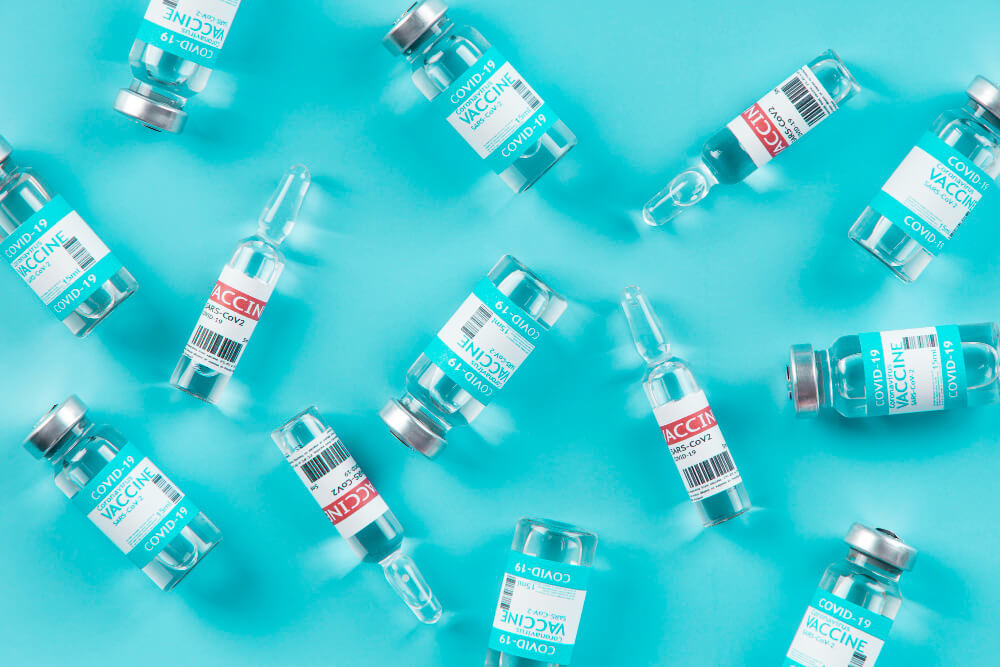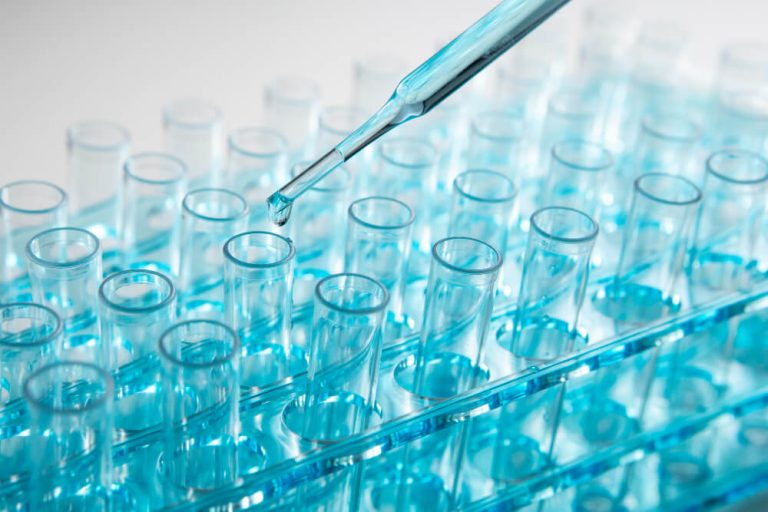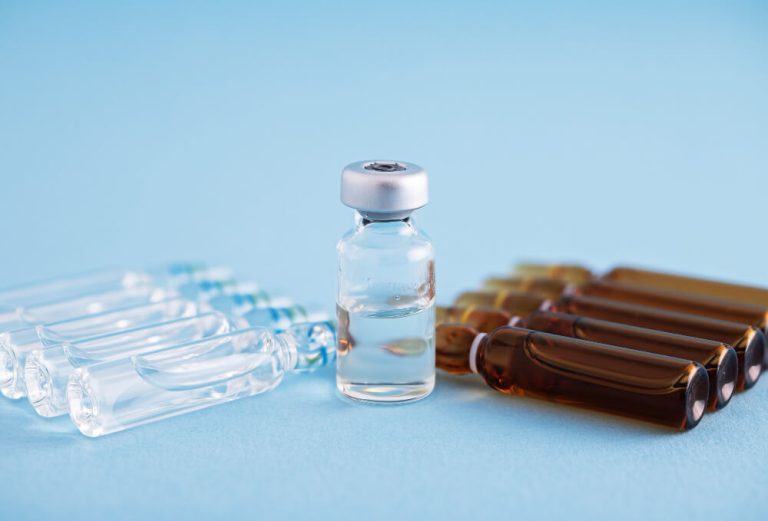Regenerative Medicine: Unlocking Your Body’s Power to Heal Itself
Think about the last time you got a paper cut. Without any conscious effort, your body initiated a complex cascade of events to stop the bleeding, fight off infection, and rebuild the damaged skin. This innate ability to heal is one of the most remarkable features of human biology. Now, imagine a field of medicine dedicated entirely to harnessing, amplifying, and directing this incredible power. That is the essence of regenerative medicine.
This revolutionary approach moves beyond simply managing symptoms or using external devices to fix problems. Instead, it seeks to repair, replace, or regenerate damaged cells, tissues, and organs to restore normal function. It is a paradigm shift in healthcare, offering hope for conditions that were once considered chronic or untreatable. By understanding the core principles of regenerative medicine, we can begin to appreciate its potential to redefine what it means to heal and to age well.
At its heart, regenerative medicine is about providing the body with the necessary tools and signals to heal itself from the inside out. It is a proactive, restorative science that views the body not as a machine with failing parts, but as a dynamic, living system capable of profound renewal.

How Does Regenerative Medicine Actually Work?
To understand this field, it helps to think of your body as a construction site. When damage occurs, like a sprained ankle or a worn-out knee joint, the site needs two things: building materials and a blueprint with instructions. Regenerative medicine aims to provide both.
The ‘building materials’ are often cells, particularly special cells with the ability to develop into many different types of tissue. The ‘instructions’ come in the form of biological signals, like growth factors, that tell these cells where to go, what to do, and when to start rebuilding. This process works with the body’s natural systems, enhancing them to overcome injury or disease more effectively than they could on their own.
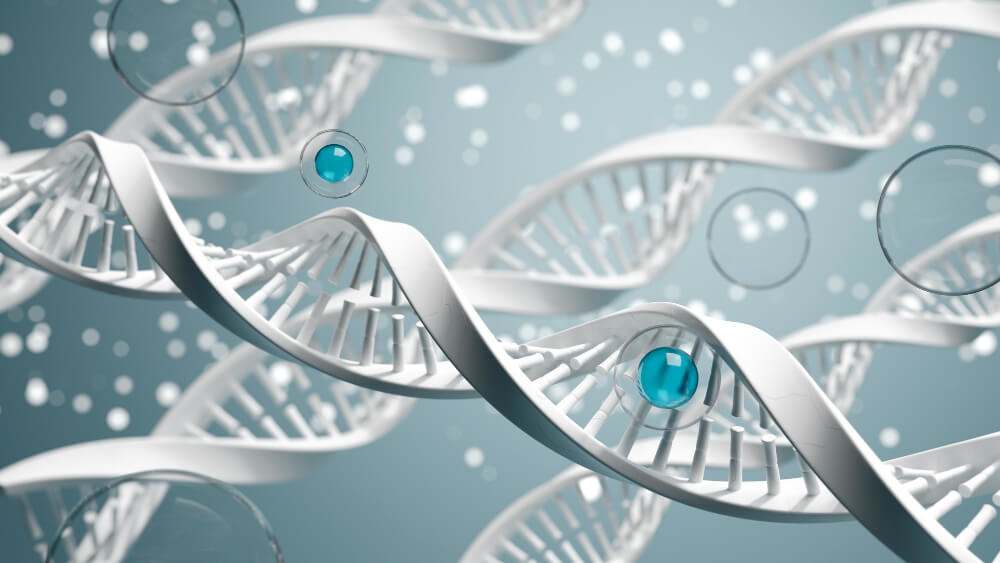
What Are Stem Cells and Why Are They So Important?
Stem cells are the foundation of regenerative medicine and are often called the body’s ‘master cells’. They are unique because they have two incredible properties. First, they can divide and make copies of themselves over and over again. Second, they are unspecialized, meaning they can transform or differentiate into specialized cells like muscle cells, bone cells, cartilage cells, or nerve cells.
Think of them as blank slates with the potential to become whatever the body needs for repair. When an injury occurs, the body sends out signals that can attract stem cells to the area. These cells can then help reduce inflammation, signal other cells to get to work, and in some cases, directly replace the cells that have been damaged or lost.
There are different types of stem cells, but the ones most commonly used in clinical practice today are adult stem cells. These are found in various tissues throughout the body, such as bone marrow and adipose or fat tissue. Using a patient’s own stem cells minimizes the risk of rejection and makes the treatment a highly personalized process.
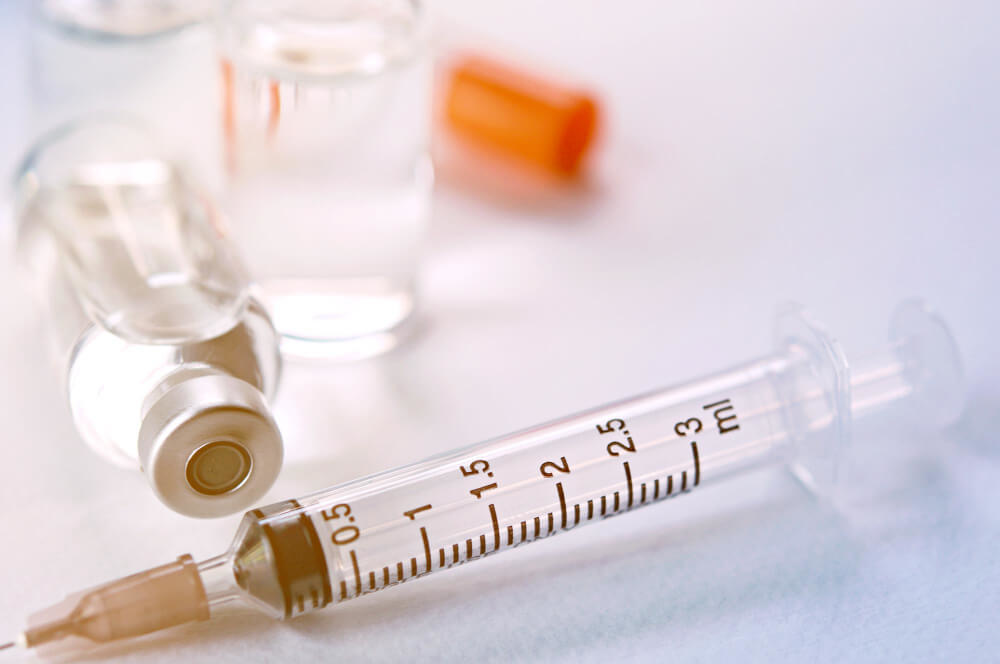
What Is Tissue Engineering?
Tissue engineering is another major pillar of this field. It takes the concept of rebuilding a step further. If stem cells are the workers, tissue engineering provides the scaffold or framework for them to build upon. It is a branch of biomedical engineering that involves creating functional tissues and sometimes even organs in a laboratory.
The process often starts with a biocompatible scaffold, which is shaped like the tissue that needs to be replaced, for instance, a piece of cartilage. This scaffold is then ‘seeded’ with cells, often the patient’s own stem cells. Inside a special environment called a bioreactor, which mimics the conditions inside the human body, the cells multiply and form new, healthy tissue around the scaffold. Over time, the scaffold dissolves, leaving only the newly grown tissue, which can then be implanted into the patient.
This technology has already been used to create skin for burn victims, cartilage for joint repair, and even simple organs like bladders. The long-term goal for many scientists is to one day be able to engineer complex organs like kidneys, livers, and hearts, potentially ending the long waiting lists for organ donation.

What Are Other Key Components?
Beyond stem cells and tissue scaffolds, regenerative medicine utilizes other powerful biological tools. Platelet-Rich Plasma, or PRP, is one of the most well-known. Platelets are components of our blood that are essential for clotting, but they are also packed with hundreds of proteins called growth factors.
These growth factors are potent signaling molecules that orchestrate the healing process. They call stem cells to the site of an injury and provide instructions for tissue regeneration. PRP therapy concentrates these platelets and their growth factors from a patient’s own blood and injects them precisely where they are needed to jumpstart and accelerate healing.
Exosomes are another exciting area of research. These are microscopic vesicles released by stem cells. They do not contain a nucleus or DNA, so they are not cells themselves. Instead, they act as tiny mail carriers, delivering important messages and materials like proteins and genetic information from one cell to another. They play a crucial role in cell-to-cell communication and are vital for processes like inflammation reduction and tissue repair.
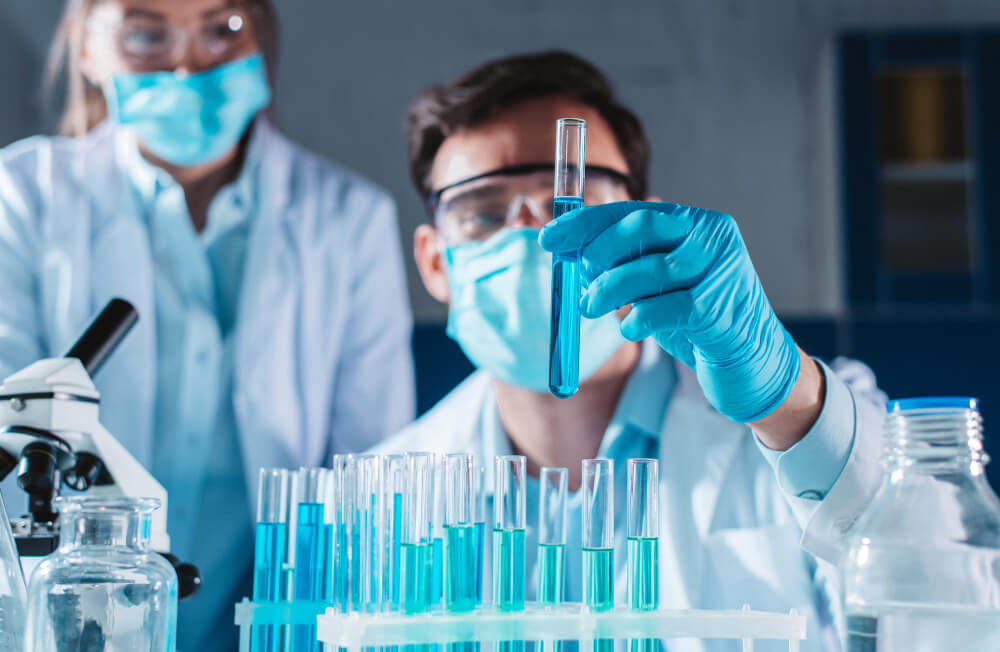
What Are the Main Goals of Regenerative Therapies?
The applications of regenerative medicine are vast and continue to grow as research progresses. The ultimate objectives, however, can be simplified into a few key categories that highlight the transformative potential of these treatments.
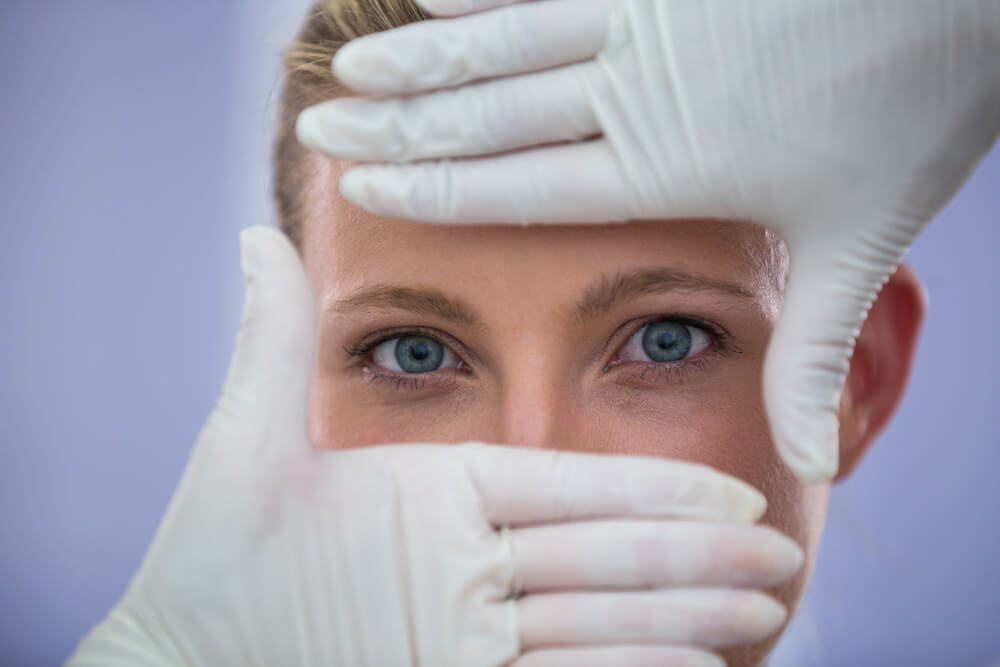
Can It Repair Damaged Tissues?
One of the most common applications of regenerative medicine today is in the repair of tissues that have been damaged by injury, disease, or simple wear and tear. This is especially prevalent in orthopedics, where treatments are used to address conditions affecting bones, cartilage, ligaments, and tendons.
For someone with osteoarthritis in their knee, where the protective cartilage has worn away, regenerative therapies can help reduce inflammation, alleviate pain, and potentially stimulate the growth of new cartilage. For an athlete with a torn ligament or tendon, these treatments can accelerate healing, helping them return to their sport faster and with a lower risk of re-injury. The goal is not just to mask the pain but to fundamentally repair the underlying structural damage.
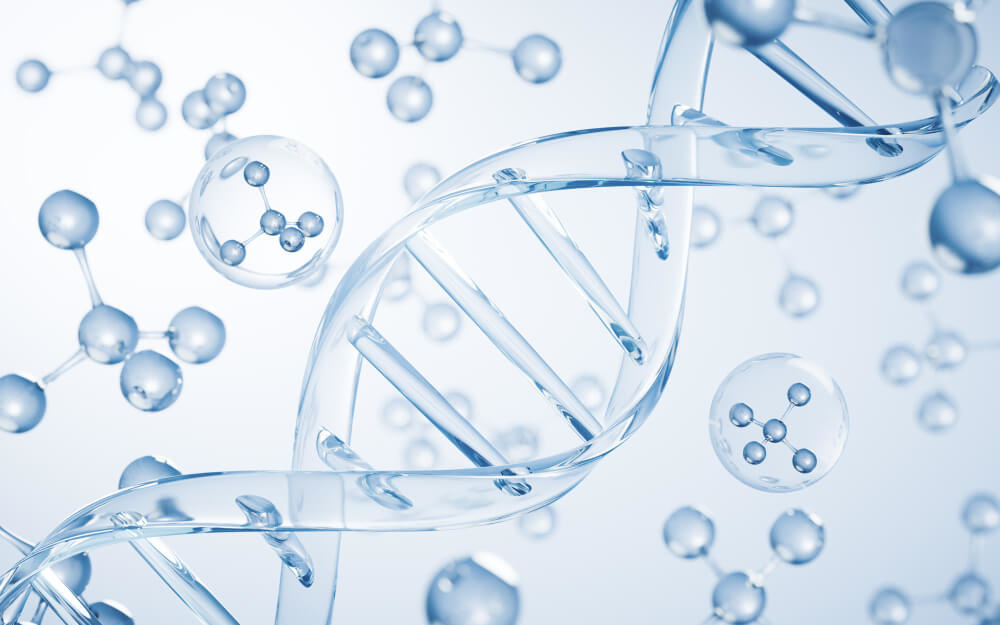
Can It Replace Worn-Out Organs?
This is perhaps the most ambitious and futuristic goal of regenerative medicine. Millions of people worldwide suffer from organ failure and rely on transplants for survival. However, there is a severe shortage of donor organs, and patients who do receive one face a lifetime of immunosuppressant drugs to prevent rejection.
Tissue engineering and the emerging technology of 3D bioprinting offer a potential solution. Scientists are working to build fully functional organs from a patient’s own cells. While creating a complex organ like a heart is still a major challenge, significant progress has been made with simpler structures. The ultimate vision is a future where replacement organs can be grown on demand, perfectly matched to the patient.
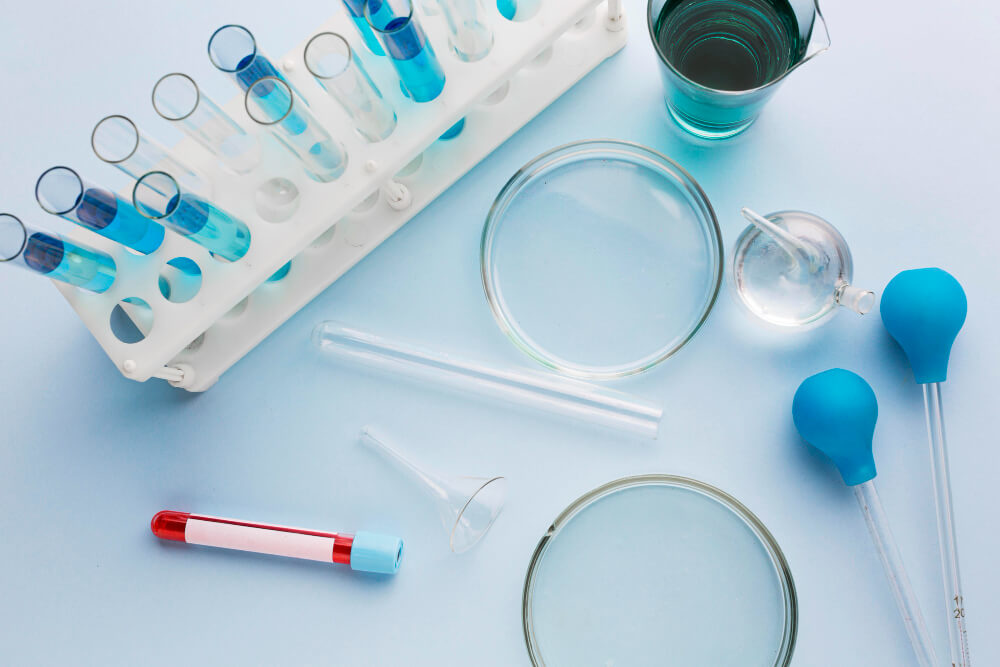
Can It Restore Lost Function?
For many chronic diseases, the problem is not a damaged structure but a loss of function. In Type 1 diabetes, for example, the body’s immune system destroys the insulin-producing cells in the pancreas. Regenerative medicine researchers are exploring ways to generate new insulin-producing cells and transplant them, potentially restoring the body’s ability to regulate blood sugar on its own.
Similarly, in neurological conditions like Parkinson’s disease or spinal cord injury, the focus is on regenerating nerve cells to restore movement and other lost functions. While these applications are largely still in clinical trials, they represent a profound shift from managing a lifelong condition to pursuing a genuine cure.

What Conditions Can Be Treated with Regenerative Medicine?
While some applications remain on the horizon, many regenerative therapies are already being used in clinics to treat a wide array of conditions, improving quality of life for patients today.
Orthopedic and musculoskeletal issues are the most common targets. This includes osteoarthritis, rotator cuff tears, tendonitis, ligament sprains, and back pain caused by degenerative disc disease. These treatments help athletes recover from sports injuries and allow people with chronic joint pain to regain mobility and reduce their reliance on pain medication.
Recovery from these procedures is often just as important as the treatment itself. A comprehensive approach is key, which is why practitioners often look for ways to how to combine regenerative medicine with physical therapy protocols to ensure the best possible long-term outcomes for patients.
Beyond orthopedics, regenerative techniques are making a significant impact in aesthetics and anti-aging medicine. PRP and stem cell therapies are used for skin rejuvenation to improve texture and reduce wrinkles, as well as for hair restoration to stimulate dormant follicles and promote new growth.
This field is also showing promise in complex areas of health, including sexual wellness and women’s health. For example, researchers are exploring how regenerative principles can be applied to a variety of concerns, from pelvic floor disorders to the challenging symptoms associated with hormonal changes. The holistic approach is even being considered for complex patient cases, such as managing menopause in patients with a history of breast cancer, where traditional options may be limited.
Other areas of active clinical use and research include chronic wound care, especially for diabetic foot ulcers that fail to heal, and some cardiovascular conditions. The list of potential applications grows longer each year as our understanding of the body’s regenerative capacity deepens.
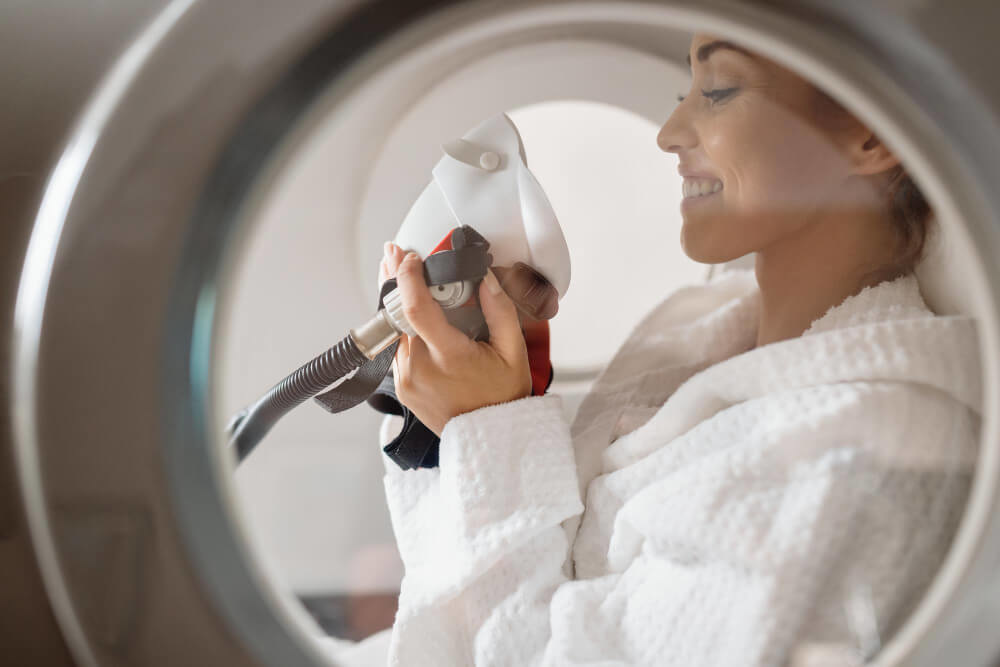
What Are the Different Types of Regenerative Treatments Available?
If you are considering regenerative medicine, you will likely encounter several different types of therapies. While they all share the same goal of stimulating the body’s repair mechanisms, they work in slightly different ways.

What is Platelet-Rich Plasma (PRP) Therapy?
PRP therapy is a straightforward and common procedure. It begins with a simple blood draw from your arm, similar to a routine lab test. That blood is placed in a centrifuge, a machine that spins at high speed to separate the blood into its different components. The red blood cells are separated from the plasma, which contains the concentrated platelets.
This golden-colored, platelet-rich plasma is then carefully injected into the injured or damaged area, such as a painful knee joint or a torn tendon. The high concentration of growth factors released by the platelets acts as a powerful signal, initiating a strong healing response right where it is needed most.
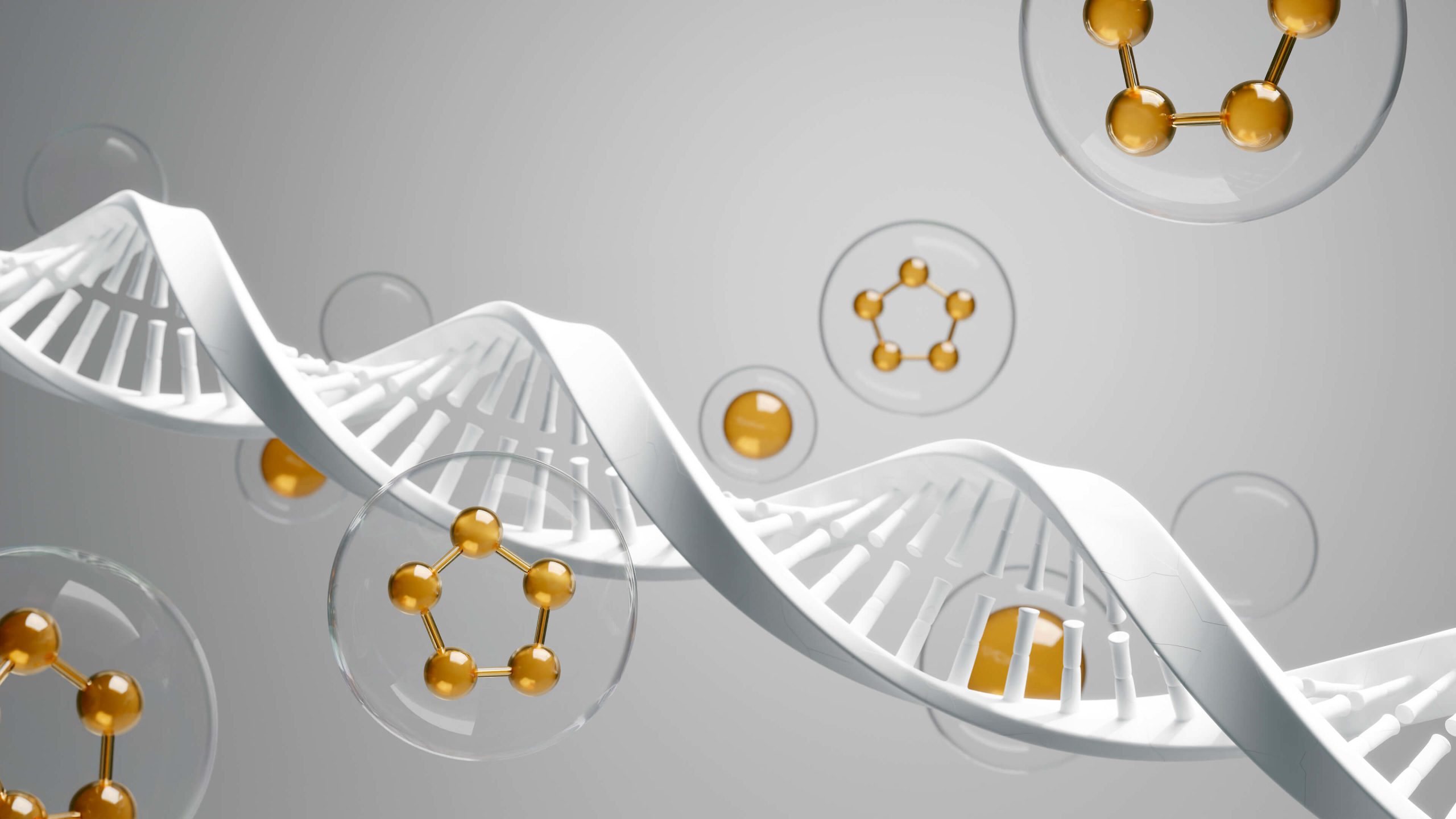
What is Stem Cell Therapy?
Stem cell therapy involves harvesting adult stem cells from a patient’s own body. The two most common sources are bone marrow, typically taken from the back of the hip bone, and adipose tissue, which is fat tissue often taken from the abdomen or flank area. Both procedures are performed under local anesthesia.
Once harvested, the tissue is processed to isolate and concentrate the stem cells and other regenerative components. This cellular concentrate is then injected into the area of injury or disease. These cells can help reduce inflammation, modulate the immune response, and signal the body to begin repairing itself.

What are Exosomes?
Exosome therapy is a newer, cell-free approach. Instead of injecting whole stem cells, this therapy uses the exosomes that have been isolated from them. These tiny communication vesicles are powerful because they carry the instructive messages for healing without containing any cellular DNA.
This can be an advantage in certain situations, as it eliminates the risks associated with transplanting whole cells. The exosomes are injected into the target area, where they deliver their cargo of proteins and genetic information to the surrounding cells, directing them to reduce inflammation and regenerate tissue.
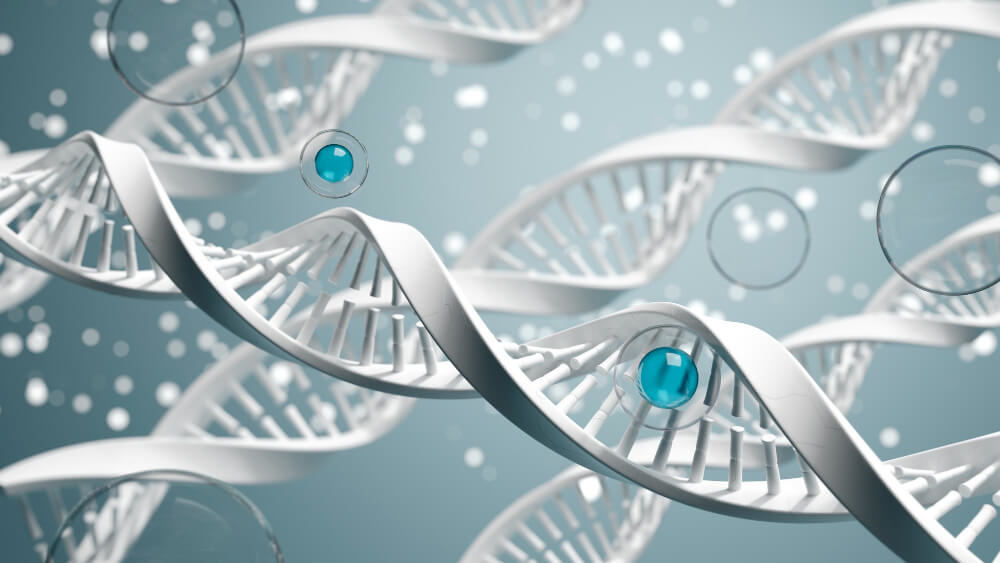
What is Prolotherapy?
Prolotherapy, short for ‘proliferative therapy’, is considered one of the original regenerative injection techniques. It works on a slightly different principle. Instead of injecting cells or growth factors, prolotherapy involves injecting a mild irritant solution, often a dextrose-based solution, into a damaged ligament or tendon.
This injection creates a localized, controlled inflammatory response, essentially ‘tricking’ the body into thinking there is a new injury. This, in turn, stimulates the body’s natural healing cascade, leading to the growth of new, stronger tissue to stabilize and repair the joint.

What Should You Consider Before Trying Regenerative Medicine?
As this field continues to evolve, it is important for patients to be well-informed and discerning. The promise of regenerative medicine is immense, but it is not a magic cure, and the quality of care can vary significantly.
First and foremost, the expertise of the provider is paramount. These are sophisticated medical procedures that require a deep understanding of anatomy, cell biology, and sterile injection techniques. Patients should seek out clinicians who have extensive experience and have received specialized training from respected institutions like the Academy of Regenerative Practices.
It is also a field with complex legal and operational aspects. For clinicians, understanding the nuances of liability and insurance considerations for a regenerative practice is crucial for providing safe and responsible care. This professional diligence is often a good indicator of a high-quality practice.
Patients should have realistic expectations. While many people experience significant improvement, results can vary based on the individual, the condition being treated, and its severity. A good provider will give you an honest assessment of your potential for success.
For those who wish to learn more about the science from the source, several professional organizations provide excellent resources for both the public and scientists. These groups help set ethical standards and advance research. Key organizations include the American Society of Gene & Cell Therapy (ASGCT), the International Society for Stem Cell Research (ISSCR), and the Regenerative Medicine Foundation. Following their work can provide insight into the latest credible advancements.
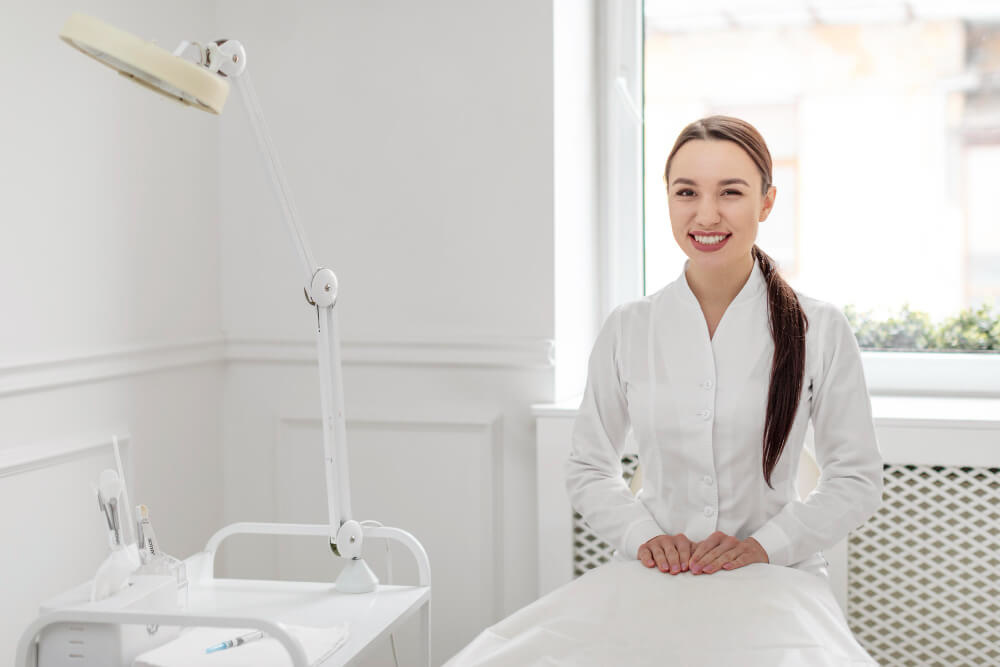
What Does the Future of Regenerative Medicine Look Like?
The future of regenerative medicine is incredibly bright and filled with possibilities that sound like science fiction but are rapidly becoming reality. Scientists are refining 3D bioprinting techniques, with the goal of one day printing patient-specific organs on demand.
Gene-editing tools like CRISPR may be combined with cell therapies to correct genetic defects before cells are returned to the body, offering potential cures for inherited diseases. Treatments will become increasingly personalized, tailored to an individual’s unique genetic makeup and biological needs.
Ultimately, regenerative medicine may shift the entire focus of healthcare from chronic management to definitive restoration. It holds the promise of not just extending our lifespan, but dramatically improving our ‘healthspan’, allowing us to live longer, healthier, and more functional lives. It is a journey back to our own innate potential for healing, powered by modern science.
Frequently Asked Questions
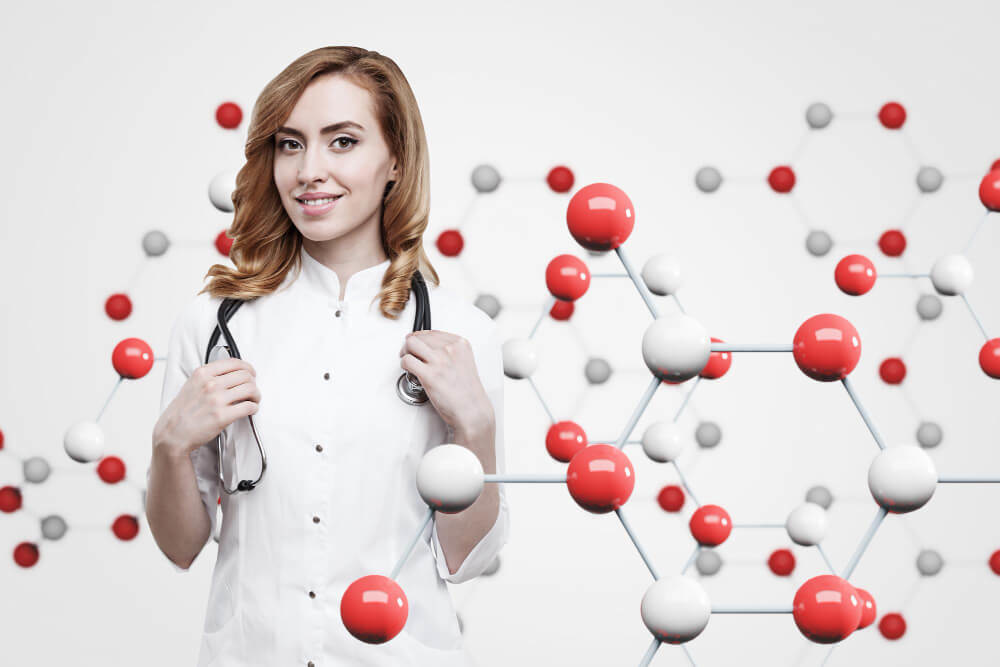
How does the centrifuge’s rotor type impact the quality of the PRP produced?
The centrifuge’s rotor type is a critical mechanical factor that directly influences the separation efficiency and viability of the platelets. Swing-head rotors, which allow the sample tubes to swing out to a horizontal position during spinning, create a flat, even separation line between the plasma, buffy coat, and red blood cells. This results in a cleaner harvest of the platelet layer with minimal contamination and less mechanical stress on the cells.
In contrast, fixed-angle rotors hold the tubes at a static angle, which can cause the separated layers to form on the side of the tube, making precise aspiration more difficult. This can lead to either a lower platelet yield or higher red blood cell contamination in the final product. For producing high-quality PRP, a system with a swing-head rotor is generally considered superior as it provides a gentler, more effective separation.

Is an FDA 510(k) cleared system necessary if I’m only preparing PRP for my own patients?
Yes, utilizing an FDA 510(k) cleared system is a crucial aspect of both regulatory compliance and patient safety, regardless of practice size. The FDA classifies devices intended for the preparation of PRP as Class II medical devices, which require this clearance to be legally marketed for that specific use. This clearance signifies that the manufacturer has proven the device is safe and effective for its intended purpose, providing a validated standard for producing a therapeutic biologic.
Using a general laboratory centrifuge or a kit not cleared for PRP preparation constitutes an "off-label" use, which can expose your practice to significant liability risks and potential issues with malpractice insurance. Adhering to FDA clearance demonstrates a commitment to the standard of care and ensures you are using a system specifically designed and validated for creating a safe and consistent PRP product for your patients.
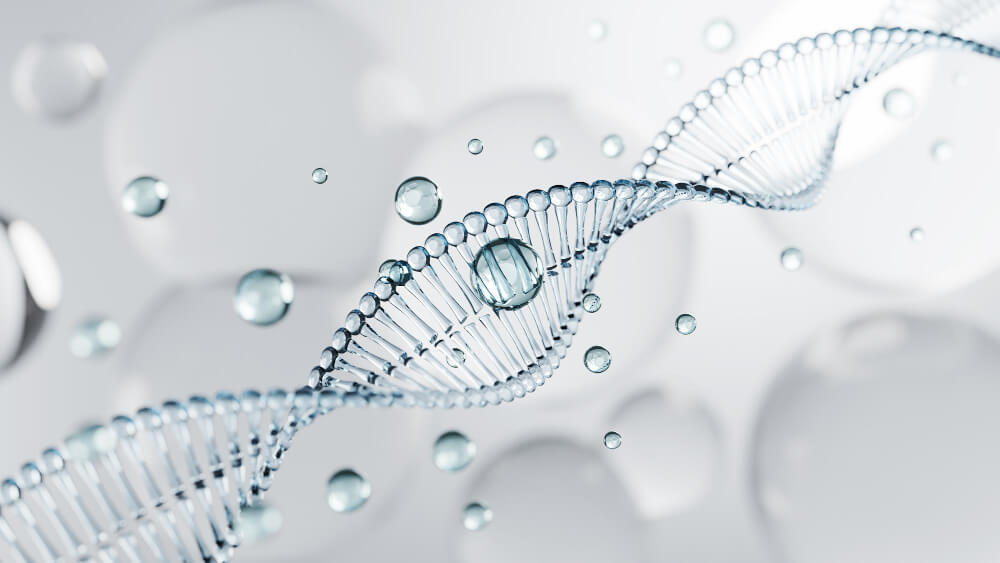
Beyond platelet concentration, what other metrics are crucial for evaluating a PRP system’s output?
While high platelet concentration is the most advertised feature, the purity of the final product is an equally important metric for clinical success and patient comfort. A key factor to assess is the system’s ability to reduce red blood cell (RBC) contamination, as a high presence of RBCs can cause a significant inflammatory response and post-injection pain. An effective preparation system should eliminate the vast majority of RBCs from the final PRP concentrate.
Furthermore, the concentration and type of leukocytes (white blood cells) in the final product are critical variables to consider. Some conditions may benefit from leukocyte-rich PRP to stimulate a robust inflammatory and healing response, while others, like intra-articular injections, often require leukocyte-poor PRP to minimize inflammation. A high-quality system should provide a clear characterization of its output and ideally offer the flexibility to tailor the final product’s composition to the specific therapeutic goal.
Discover the most comprehensive functional medicine training, longevity training, and biohacking certification programs designed specifically for healthcare professionals, medics, and clinic owners who want to master regenerative medicine protocols and anti-aging therapies.

